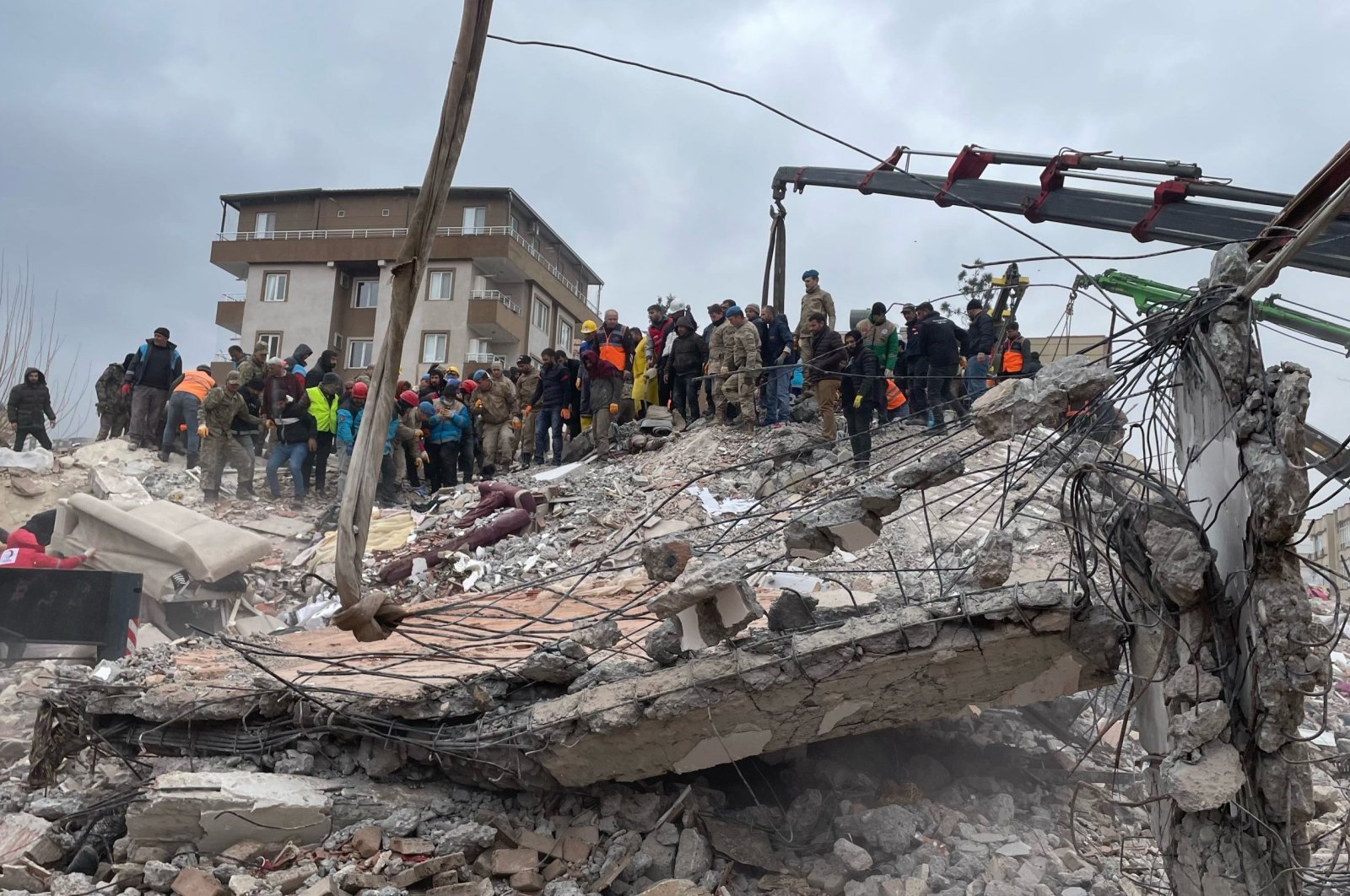
In light of a series of significant earthquakes that have struck Türkiye in recent years, the country's fault map may undergo an update within the next five years, according to a geoscientist.
Türkiye's General Directorate of Mineral Research and Exploration recently revised the nation's fault map, resulting in an increase in the number of active fault segments. These segments are capable of generating earthquakes ranging from 5.5 to 7.9 in magnitude, and their count rose from 150 to 485.
However, academic Hasan Sözbilir from Izmir's Dokuz Eylül University clarified that this rise in numbers did not stem from the discovery of new faults. Instead, it involved the inclusion of faults that were already recognized within the scientific community but had been omitted from the map.
Sözbilir emphasized the significant impact of recent seismic events, such as the earthquakes in Kahramanmaraş on Feb. 6 and the 6.6 magnitude earthquake in Izmir in 2020. These events triggered substantial changes in the count of identified faults and fractures. Consequently, Sözbilir called for a thorough examination to precisely determine the alterations brought about by these major earthquakes.
Updating Türkiye's active fault map is a complex task, requiring the incorporation of scientific advancements from the past decade. This endeavor not only demands a considerable budget but also necessitates a minimum of four to five years of research, according to Sözbilir.
He estimated that the update to Türkiye's fault map is likely to be completed between 2028 and 2030. Upon its completion, the total number of active faults, both on land and beneath the sea, is expected to exceed 600 at the national level.
Another expert, Süleyman Pampal, dismissed media reports claiming that "the number of fault lines in Türkiye increased from 100 to 500." Pampal argued that these statements were misleading, as the faults in question were not newly discovered following recent earthquakes. Instead, they were faults identified in previous years but not previously included on the map.
